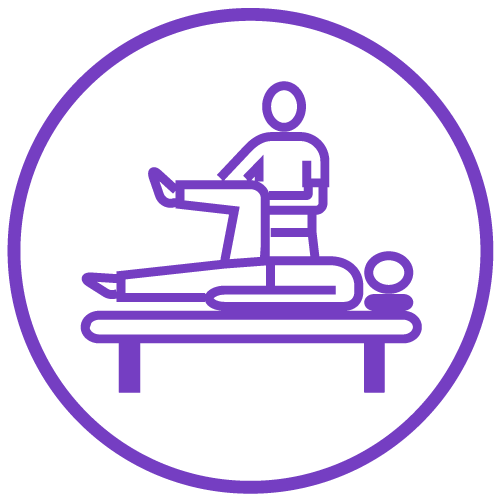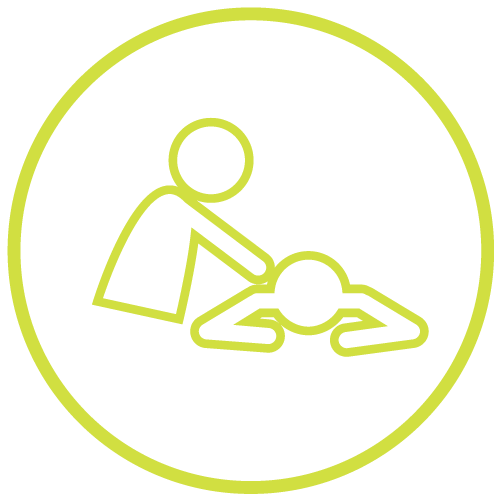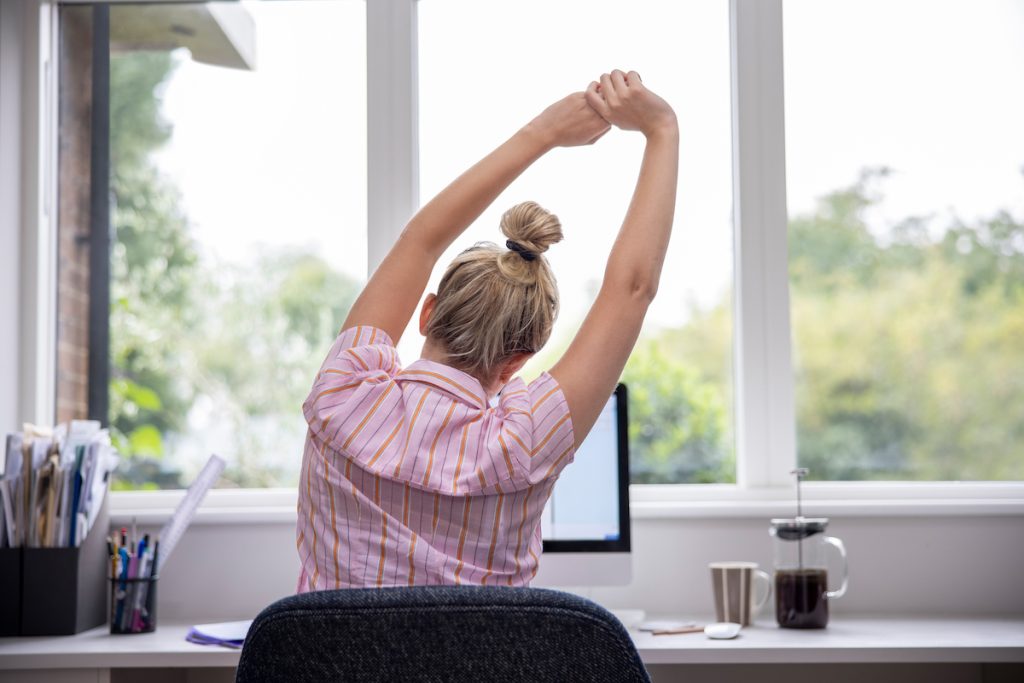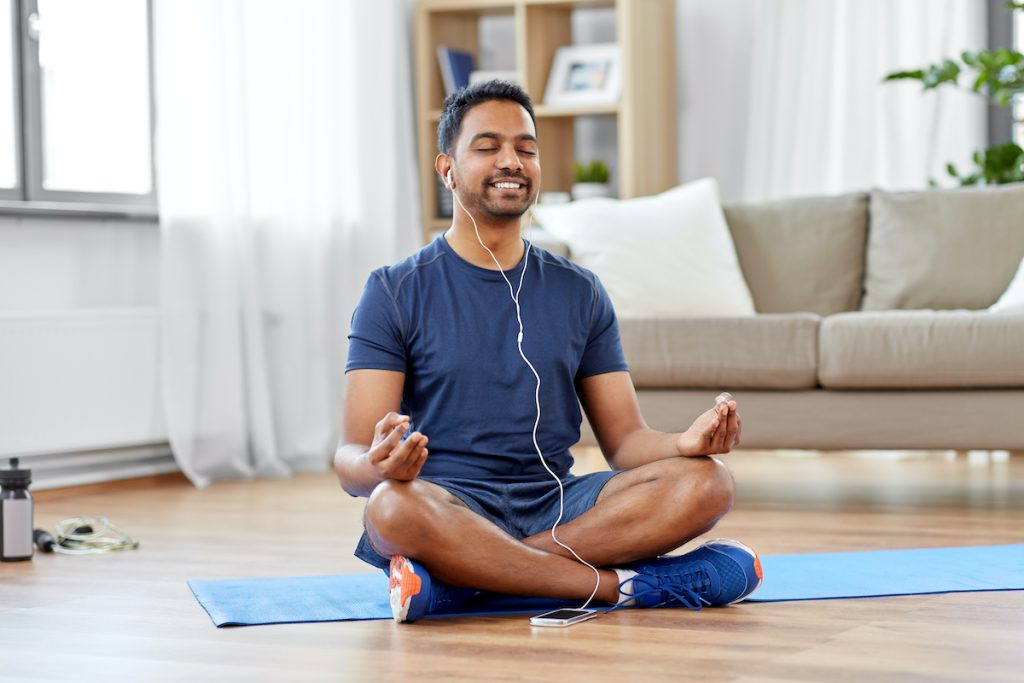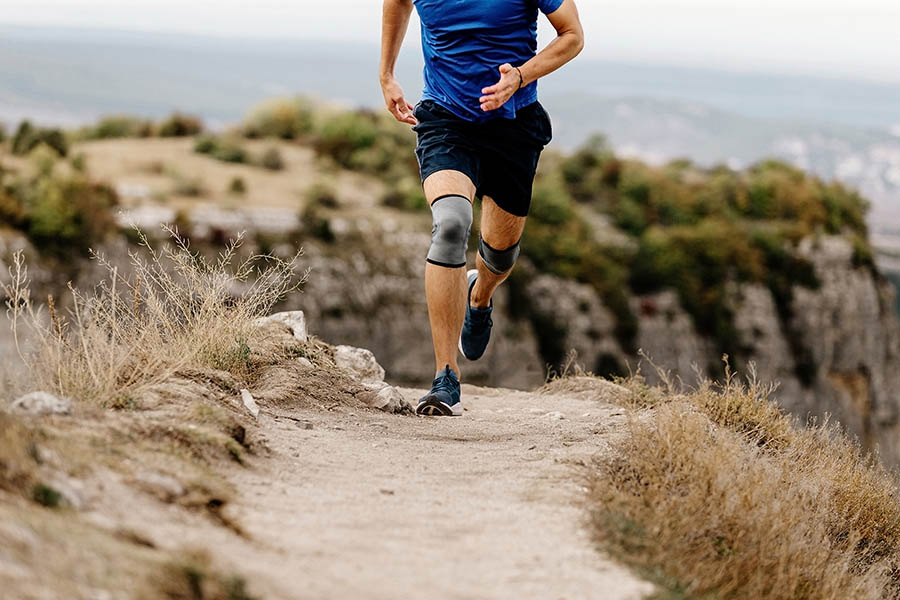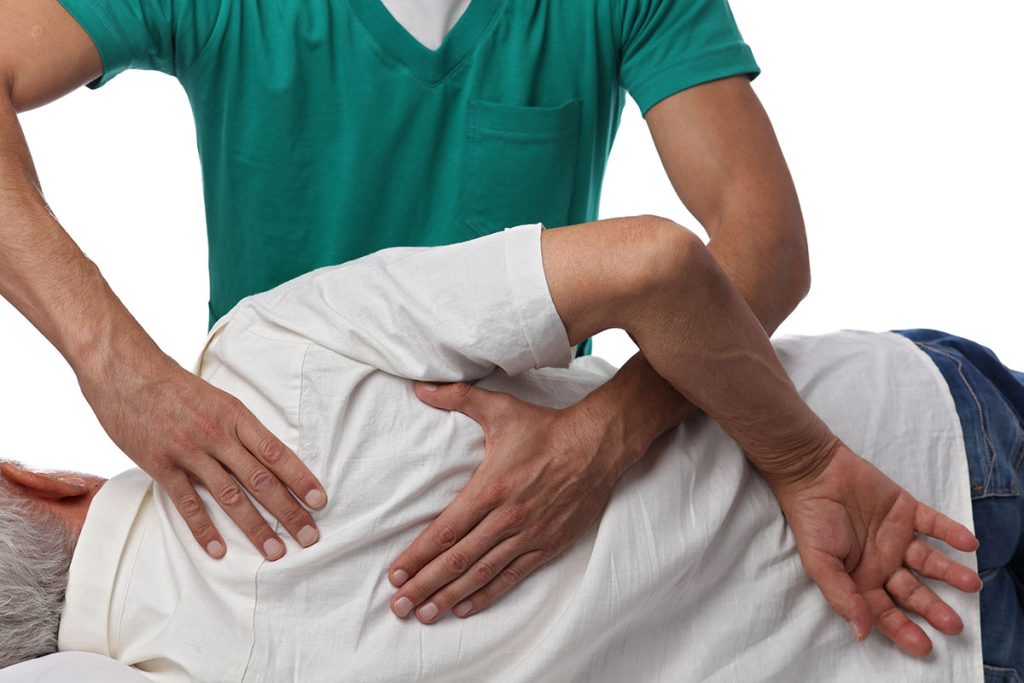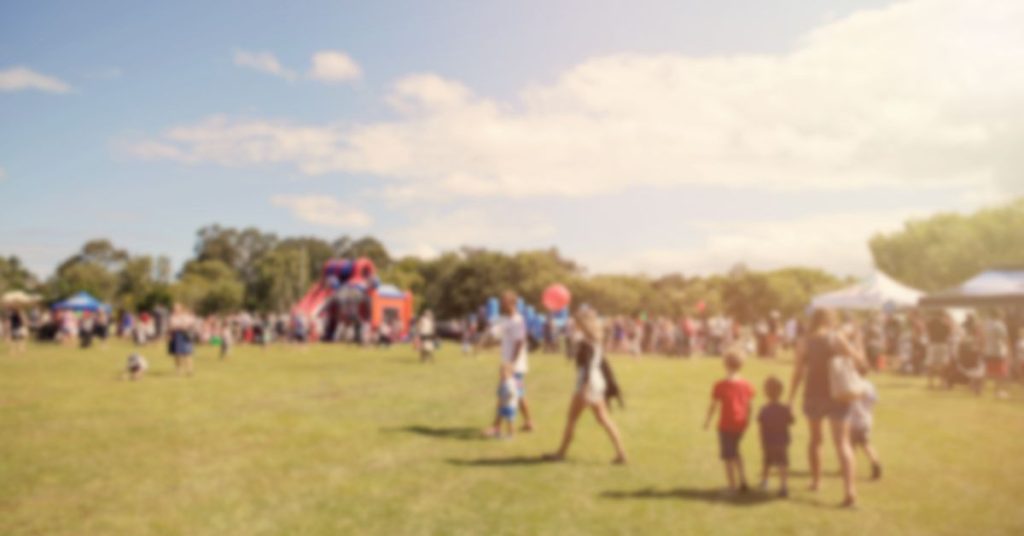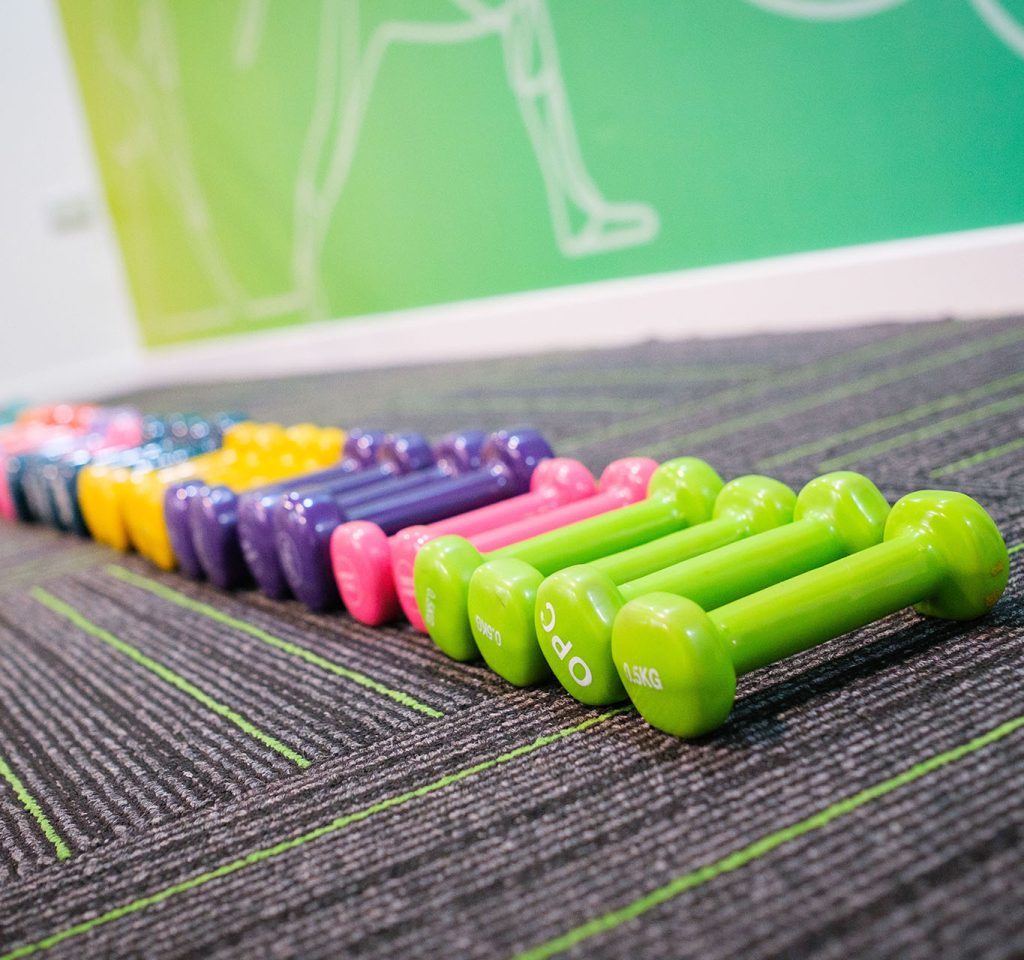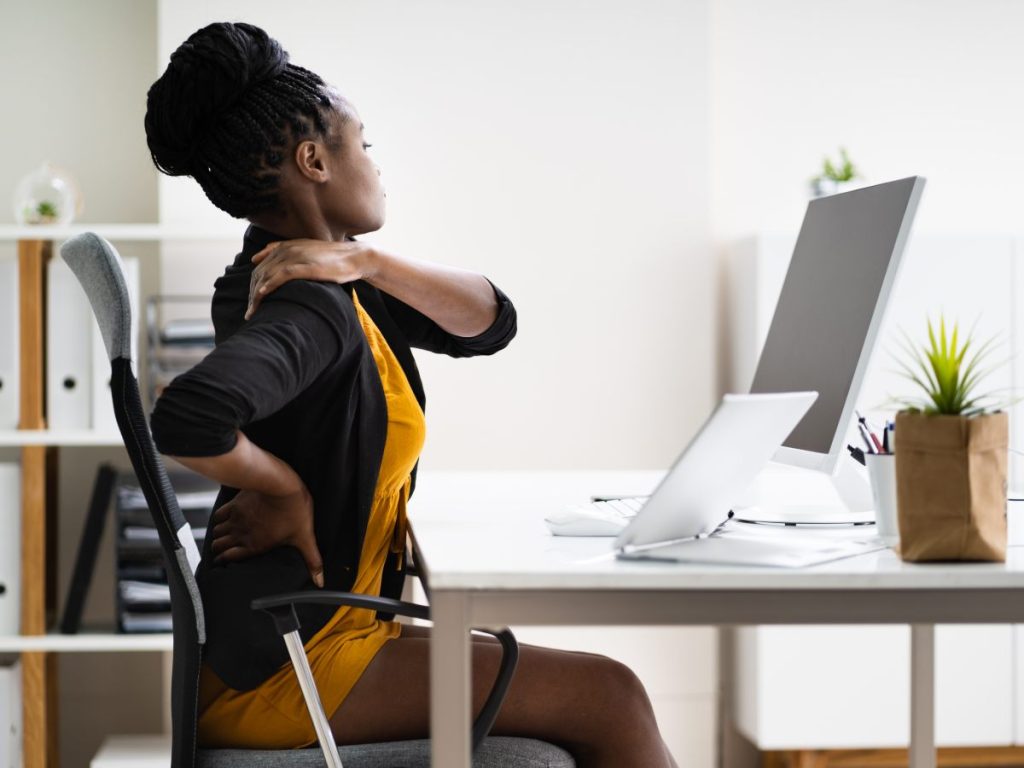For anyone who loves running, or for whom running forms an important part of their exercise program, injuries can be extremely frustrating to say the least. An injury can mean extended periods away from running, or with significantly reduced running capacity. This hinders you in achieving the goals you were aiming for with your running; whether that’s weight-loss, general fitness/well-being, or even training for a sporting event or race.
Many running injuries come on as a result of a gradual build-up of muscle or joint overload. While the pain or injury can come on rather suddenly, the factors that contributed to it usually have developed over a period of time. This makes maintenance techniques very important for runners in order to minimise any build-up of problems that can result in injury.
At BodyViva, aside from helping injured runners recover as quickly as possible, we help many runners prevent injury through maintenance therapy sessions. Outside of these sessions, here are the most important spikey ball techniques for runners, to prevent build-up of muscular tension, and to help with muscle recovery between running sessions, reducing predisposition to overload injuries.
Calf muscles (Gastrocnemius and Soleus)
The calf muscles are active when you push-off your foot with each running stride. Considerable load goes through our calf muscles while running, so it is very important to help them recover between running sessions, and prevent the build-up of tension.
Hamstring muscles
The hamstrings are a group of three muscles at the back of your thigh. They are responsible for extending your hip as you drive forward during each stride, and they are also very active toward the end of the swing phase of each stride, helping your foot to contact the ground with control.
ITB (Iliotibial Band)
The ITB is located on the outside of your thigh and is an important stabiliser of your hip and knee. Tension build-up through this area is a common source of hip and knee problems.
Gluteal muscles
The gluteal muscles are located at the back and side of your hip. They act to powerfully extend the hips so you can push forward with each stride.
TFL (Tensor Fascia Lata) muscle
The TFL is located at the side of the hip toward the front. It is an important synergistic muscle that assists with pelvic and hip movement and stability.
Tibialis Anterior muscle
The Tibialis Anterior muscle is a very important muscle if a ‘heel-strike’ running style is adopted. It acts to control your foot after heel-strike to ensure your foot doesn’t ‘slap’ onto the ground with each step.
Foot Arch
The muscles and connective tissue of our foot arch get quite a work-out with running, especially if the footwear we’re using is more toward the minimalist side.
Quadratus lumborum muscle
The Quadratus lumborum is located in our lower back. It plays an important role in pelvic and lower back stability, and can be a primary source of lower back pain.
Piriformis muscle
The piriformis is located in the back of the hip. It is very active when running in assisting with hip and pelvic stability.
Erector Spinae muscles
The Erector Spinae muscle group is located right up and down either side of the spine. As their name suggests, they function to keep us upright and to assist with stability and movement of the spine.
If you’re experiencing pain, stiffness or injury that’s affecting your game, come and see one of our experienced therapists to help get you back out there doing what you love.
Call BodyViva on 3841 8015 to make an appointment, or book online here.


